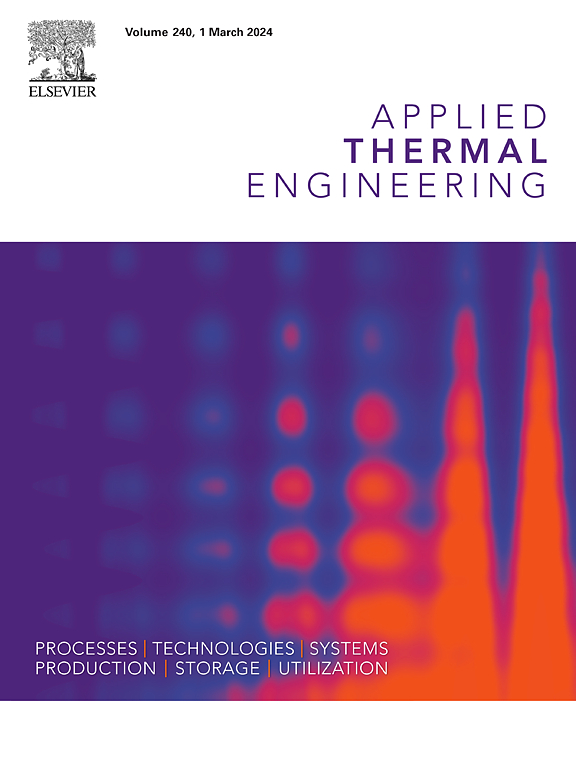Data-driven evaluation and prediction of the gas-fired boiler performance under the impact of fine desulphurization gas
IF 6.1
2区 工程技术
Q2 ENERGY & FUELS
引用次数: 0
Abstract
Fine desulfurization gas (FDG), as the waste gas produced during the regeneration of desulfurization agents in coke oven gas desulfurization systems, can be blended with blast furnace gas and fed into gas-fired boilers for consumption. However, the impact of FDG incorporation on the boiler performance is still not clear to date. In this work, by examining the fuel and gas samples after FDG incorporation, the concentration of containments such as H2S and CS2 can be observed significantly to increase during the hot blow stage. Using the mutual information method, it can be found that the boiler efficiency and the SO2 emission are closely related to FDG. With increasing FDG temperature and flow rate, there is a certain linear improvement in the boiler efficiency, but accompanied by a significant increase in the SO2 concentration. To overcome this issue, prediction models for SO2 concentration were comparatively developed based on the light gradient boosting machine (LightGBM) algorithm and the long-short term memory network, respectively. The results show that the LightGBM model combined with the auto-regression features can achieve an accurate prediction of the SO2 concentration after FDG incorporation, with a root-mean-squared error of only 0.09 mg/m3. The current work not only provides reliable evidence for the changes in gas-fired boiler performance after the incorporation of gases containing multiple containments, but also offers a new orientation for the efficient utilization of waste gases in the relevant industries.

求助全文
约1分钟内获得全文
求助全文
来源期刊

Applied Thermal Engineering
工程技术-工程:机械
CiteScore
11.30
自引率
15.60%
发文量
1474
审稿时长
57 days
期刊介绍:
Applied Thermal Engineering disseminates novel research related to the design, development and demonstration of components, devices, equipment, technologies and systems involving thermal processes for the production, storage, utilization and conservation of energy, with a focus on engineering application.
The journal publishes high-quality and high-impact Original Research Articles, Review Articles, Short Communications and Letters to the Editor on cutting-edge innovations in research, and recent advances or issues of interest to the thermal engineering community.
 求助内容:
求助内容: 应助结果提醒方式:
应助结果提醒方式:


